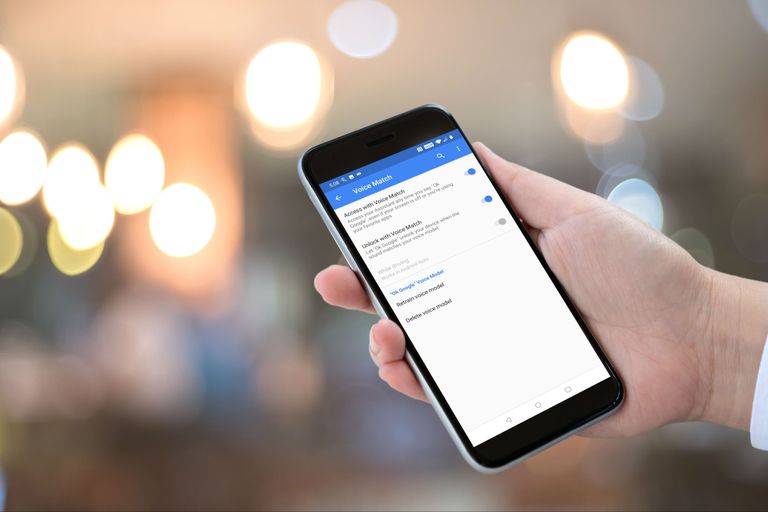Smartphones are so advanced, and some say they may have even peaked. We’re not using all their capabilities, and in a few years, we might be using something else besides a smartphone. But until that happens, you need the skills to troubleshoot your phone’s issues as they crop up. Here’s a basic guide to fixing three common problems with phones in 2019.
It won’t charge
If you have an iPhone, you already know that few things are more comforting than the tiny symbol that appears in the corner of your phone after you plug it into a power source. But if that little lightning bolt doesn’t appear, don’t panic. Instead, check on a couple of things first.
First, check your lightning cord. Those things can fray and go bad fast, especially if you use an off-brand or counterfeit version. If you only paid $5 for your cable, that’s a sign your deal may have been too good to be true. Stick with a better-known brand to ensure your cord will keep you charged up and ready to go for longer. Counterfeit cords are also more likely to mess up your phone in ways that are hard to repair. You don’t want to fry your phone’s circuits just to save a few bucks.
So try a different cable, or even try a different adapter if you have one handy. If that doesn’t do it, try plugging your phone into a wall outlet. That doesn’t mean a power strip by the wall, either. It means an actual wall. The power delivery is always better with walls than with a power strip or USB hub.
The connection is bad
Your phone has enough battery, but you can’t get a good signal. If you can’t get a signal, you’ll be tempted to just hang up and try texting. But that’s not a guaranteed winner, either. You’ll need to address the underlying issue at some point, so it might as well be now.
You probably don’t know the exact material composition of your home or office building. But you should know if, for instance, if you’re in a building with a lot of concrete. If this is the case, then your signal might go out completely or be spotty in a way that’s highly aggravating. You may consider switching phone companies, but you have no guarantee that carrier coverage will be any better in your precise location. You can also try going outside to see whether the call works that way, but that’s not a long-term solution.
If you want a long-term solution for poor reception, look into something like a Sprint signal booster. That will give you more signal bang for your buck, and you won’t have to run around a city block searching desperately for the best signal.
Compromised camera lens
The photos you take with your smartphone are supposed to be sharp and vivid. So if your phone starts taking photos that look something from an ‘80s Polaroid, you’ve got an issue. Luckily, it’s relatively easy to fix — you need to clean your camera lens.
Cleaning doesn’t mean grabbing the bottom of your shirt and wiping the lens off. You’ll want to go beyond that. Grab some spray and wipe it down. If that doesn’t do it, you may be looking at a cracked lens. You can’t exactly wipe that off, so you’ll want to look into replacing the lens. Your phone’s manufacturer should be given first dibs on this. Don’t leave it up to chance.
Your phone is an investment of its own, so you expect it to be functional at all times. If you’re experiencing some issues, attempt to troubleshoot it yourself. However, if this doesn’t resolve the problem, it may be time to get professional help.
